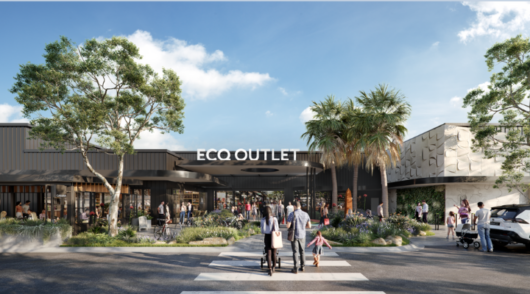Seasonal holiday promotions used to be the highlight of the retail calendar. Across Easter, Christmas, Black Friday, and Valentine’s Day (to name a few), retailers and restaurant chains could count on spikes in sales thanks to intensive marketing and merchandising activity. But times are changing.
In recent months, many high-profile retailers and dining chains have suffered at times when they would traditionally have been flourishing. Stagnant sales, falling footfall, and poor performance are leaving chains with excess stock and uncertainty over their future direction.
While several factors are contributing to the cause, inefficient and outdated planning and analysis methods used by many retailers and restaurateurs are playing a key part. These solutions are incapable of providing real-time insight for decision-making and helping retailers to ride the waves in an increasingly stormy sea.
How can predictive demand planning help retailers to survive?
Now, more than ever, businesses need to be scrutinising their activity to the lowest level of detail. It is only through doing this that they can hope to maximise their competitiveness by increasing profit margins, decreasing costs, and removing waste. One of the key ways for retailers to achieve this operational efficiency is to conduct comprehensive demand forecasting and capacity planning, ensuring the right products and promotions reach consumers at the right time and at the right cost.
While a traditional demand planning process requires an intense manual effort to continuously track, collate, compare, and forecast on factors such as sales and footfall, modern solutions offer a much more sophisticated approach. By automatically monitoring sales performance and incorporating macroenvironmental data, predictive demand planning solutions can accurately forecast supply and demand without human interaction. Having this insight to hand can prevent overstock, overstaffing, and overspending, helping retailers to stay in the black.
Examples of retail demand forecasting and capacity planning
This approach is already being realised by leading fashion retailer H&M, which uses demand-planning capabilities from Board to plan resources across the business. The solution takes into account a number of variables including internal capacity, weather forecasts, and seasonal holidays to accurately predict store stock and staffing requirements. Puma is using Board for its merchandise planning and to target a specific season, as they need to set exact seasonal targets in terms of gross sales, net sales, number of articles, number of styles they are going to propose to the market as well as their efficiency levels.
Although the pace of change in retail collections is becoming faster, new powerful predictive capabilities are increasingly being used in fashion retail to forecast sales quantities for classic high-value products – typically the ones which always feature in the catalogues and for which a reliable track of historical data is available.
The bottom line
As increasing numbers of retailers make the shift from spreadsheets to solutions, those who stick with legacy planning and forecasting systems will fall behind, risking both competitiveness and profitability. Making the change is a commitment, but one which retailers cannot afford to ignore if they are to maximise their performance and remain relevant. In the words of a well-known cliche, to fail to plan is to plan to fail.
To find out more about Board and TRS demand planning and forecasting capabilities, visit www.theretailscore.com






